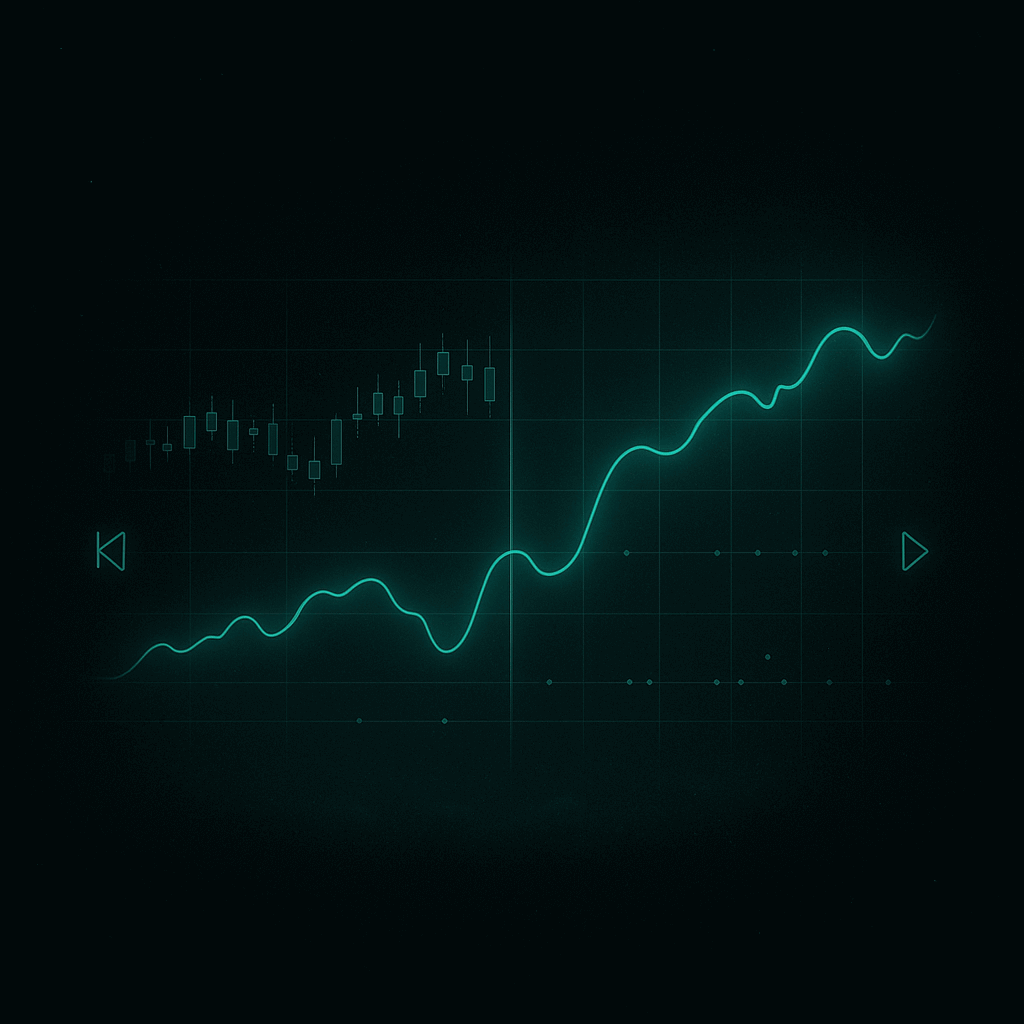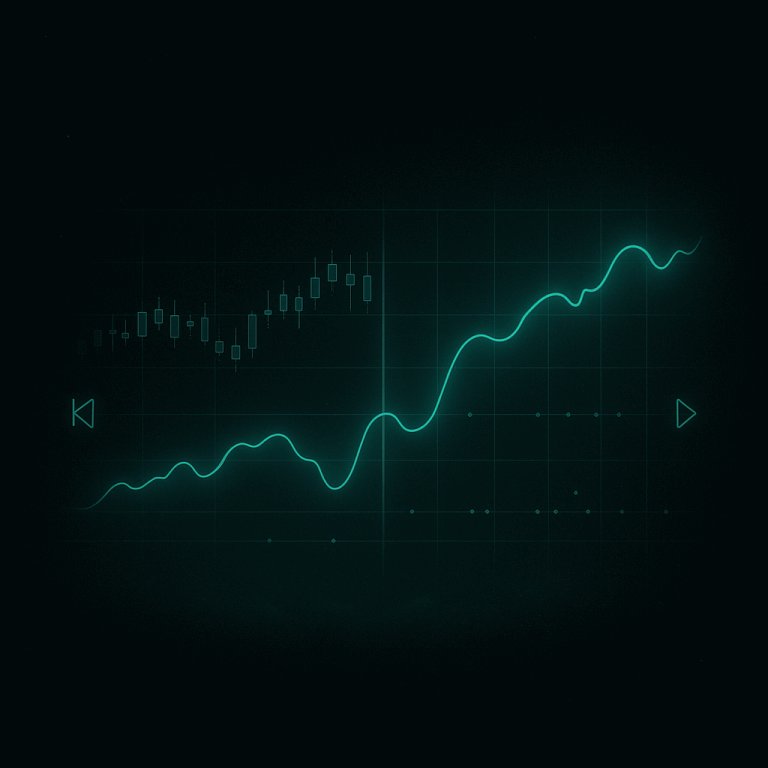Numbers are the heart of backtesting. A strategy is only as good as its statistics. By analyzing key performance metrics, traders can see not only how much profit a system makes but also how risky it is.
Net Profit
The simplest metric: total gains minus total losses. While it shows overall profitability, it says little about risk. Two strategies with the same profit can have completely different drawdowns.
Example:
- Strategy A: +20% net profit, max drawdown 5%
- Strategy B: +20% net profit, max drawdown 40%
Clearly, Strategy A is safer even with the same return.
Win Rate
Percentage of profitable trades. A high win rate feels comfortable, but it does not guarantee success. A system with 80% wins but small profits may lose money if the losses are too large.
Key point: Win rate matters only together with risk–reward ratio.
Profit Factor
Profit Factor = Gross Profit ÷ Gross Loss.
- Value > 1 means profitable strategy.
- Value < 1 means losing strategy.
- Value > 1.5 is considered good.
- Value > 2 is strong.
This metric shows if profits are consistently bigger than losses.
Maximum Drawdown
The deepest decline from a peak balance to a trough. This shows how much an account can fall before recovering. Traders must ensure their drawdown tolerance matches their risk appetite.
Example:
If a $10,000 account drops to $7,000 before returning to profit, the drawdown is 30%.
Sharpe Ratio
Measures return compared to risk. Higher Sharpe means the strategy generates more profit per unit of risk.
- Sharpe < 1: weak
- Sharpe 1–2: decent
- Sharpe > 2: strong
Institutions often require Sharpe > 1.5 for systematic strategies.
Expectancy
Average profit or loss per trade. Calculated as:
Expectancy = (Win% × Avg Win) – (Loss% × Avg Loss)
If expectancy > 0, the system is statistically profitable.
Average Trade Duration
Shows how long trades last. Useful for deciding if a strategy fits your style — scalping, swing, or long-term.
Equity Curve
The visual representation of balance growth. A smooth, upward-sloping equity curve is preferred. Large swings show instability.
Why Metrics Matter Together
One metric is never enough. For example:
- A system with 90% win rate but huge drawdowns may blow up.
- A system with low win rate but excellent profit factor may still be robust.
The best practice is to evaluate at least 4–5 metrics together.
Conclusion
Backtesting metrics turn numbers into insights. By tracking net profit, win rate, drawdowns, profit factor, and Sharpe ratio, traders can filter weak strategies and focus only on those with real potential.




